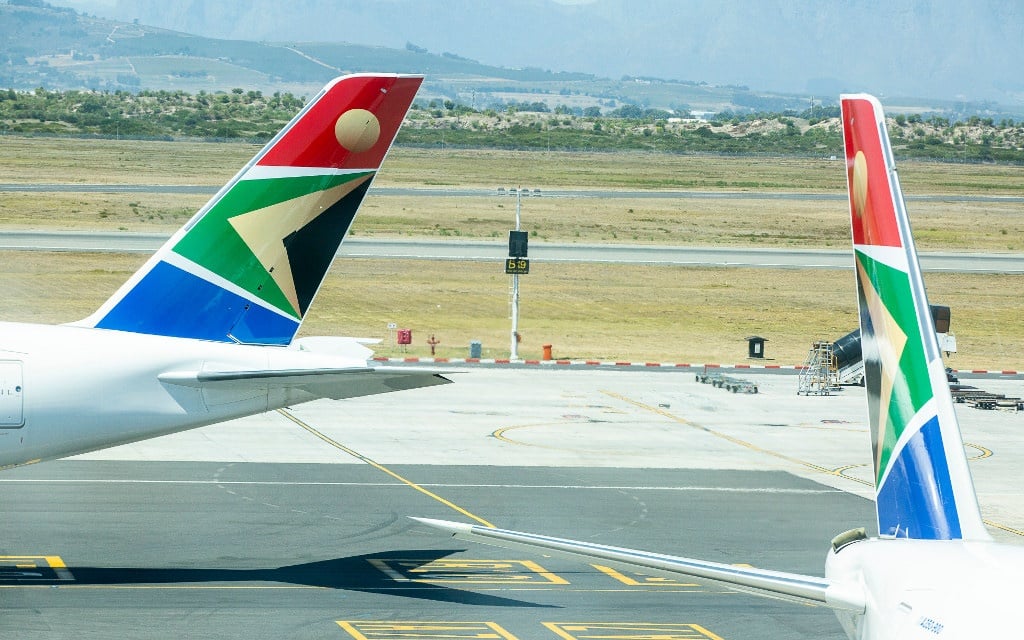
The long-awaited business rescue plan for South African Airways was published late on Tuesday evening.
Under the terms of the plan, government will have to raise more than R10 billion, which covers creditors who have funded the airline since it went into business rescue in December, as well as employee severance packages.
Affected parties will vote on the plan at a date that still has to be set.
In the view of economist Peter Attard Montalto, the rescue plan proposes a broadly similar airline in terms of routes to the current embattled one, with government having to "backstop" the "new" airline with new money if no equity partner can be found before July 15.
"It still shows them barely breaking even in the medium run, even with substantially reduced headcount and further bailouts and it is not clear at this stage if there is any commitment from National Treasury on funding this, which could leave this dead in the water - we will have to watch next week's emergency budget closely," said Montalto.
The business rescue practitioners, Les Matuson and Siviwe Dongwana, together with their advisors have been trying to obtain strategic equity partners for the flag carrier without success, due to poor market conditions in the global airline industry which has been devastated by the impact of the Covid-19 pandemic.
The proposed restructure envisages an airline that commences with flights "in the near future" as the Covid-19 lockdown eases and domestic air travel restarts. It is envisaged under the restructure that full domestic services will recommence in January 2021, and will be operated by the restructured national airline.
Regional schedules will be introduced as the market and passenger demand follows. International routes and schedules is envisaged to follow thereafter, depending on global market and passenger demand.
The practitioners were meant to publish their rescue plan at the end of February, but were granted repeated extensions after arguing they needed more time engage with stakeholders and get to grips with the complex enterprise. When the global coronavirus pandemic shut down international and local air travel, they were again granted more time to assess its impact on the national carrier.
SAA has suffered significant losses each financial year since 2014.
There has been a lack of adequate recapitalisation which has resulted in severe liquidity constraints which have been exacerbated by a variety of events. Furthermore, governance issues at the airline resulted in a high turnover of executive management over the last 10 years.
In consultations with government, as represented by the Department of Public Enterprises, the practitioners said their aim was to create a viable and sustainable national flag carrier that provides international regional and domestic services and will not be dependent on further future bailouts from the fiscus.
The DPE, as well as Mashudu Raphetha, president of the National Transport Union, commented that they are still studying the plan.
Creditors of the airline would now have to vote on the proposed rescue plan. In terms of the Companies Act, a business rescue plan requires 75% approval of the voting interest present at the relevant creditors meeting.
If creditors do not attend the meeting, they are automatically disqualified. Furthermore, 50% of the voting interest must be independent of nature. If the plan is not approved at the first meeting, the act provides for a second creditors meeting to vote on a revised the plan. If the plan is rejected at the second meeting, a company has to be placed in liquidation.